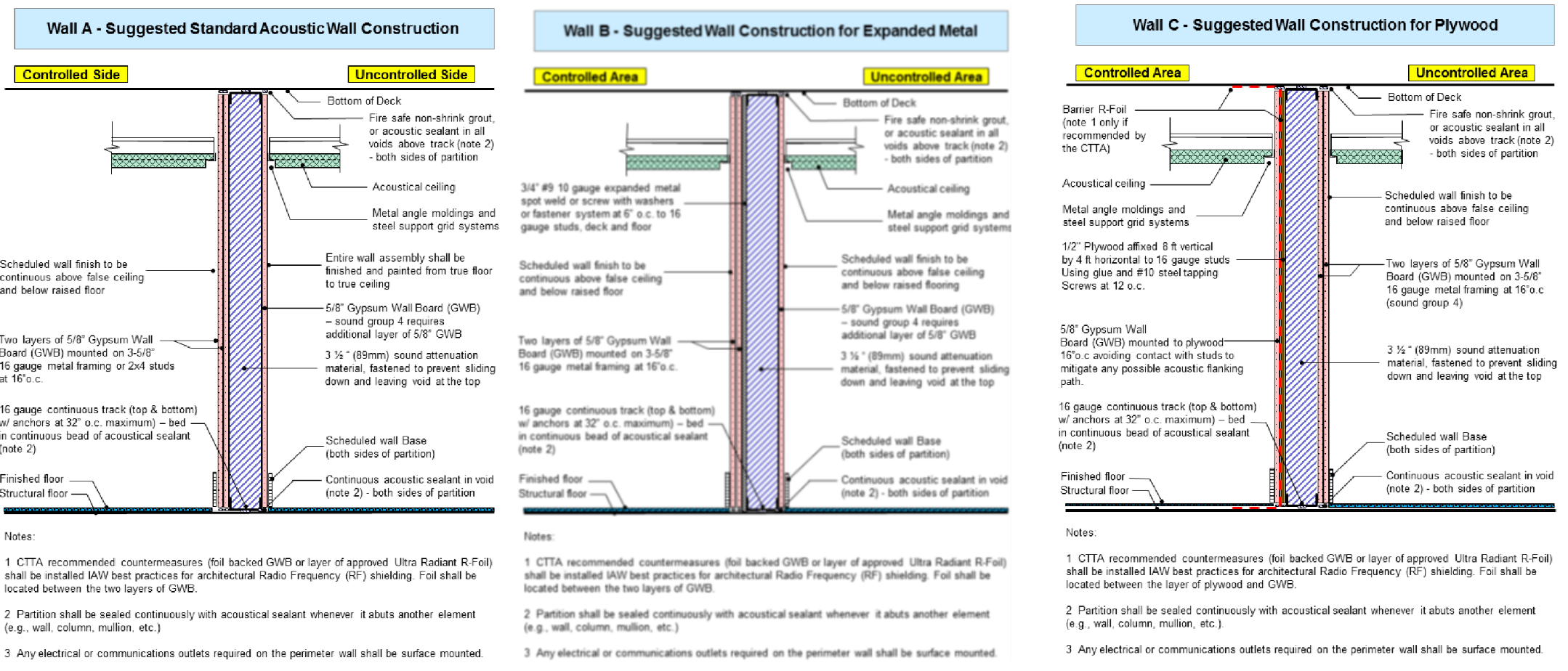
SCI is often loosely applied to describe all sensitive materials, and that's not correct, says Ben Shaw, facilities security officer (FSO) at advisory Morgan Franklin. Sensitive Compartmented Information (SCI) refers to the security wrapped around access to this classified information-not the information itself. Secret (the level that most classified information in this country is assigned) means if this information was leaked, it would cause serious damage.Ĭonfidential information would harm national security if it were made public while it's the lowest level, it is still information that the government does not want made available. Weapons design specs and sensitive intelligence fall within this category. Top Secret owns the list: Its public knowledge would pose grave danger to national security. The key is to know what information is sensitive enough to require many of the same methods the government uses to guard its secrets.įor the past five-plus decades-think history of the Cold War-the government has maintained a hierarchy of classified information, determined by the level of threat its exposure would bring to the United States: "Some global organizations today are just as large as the governments that these facilities were designed for," Walter says. Most large organizations would benefit from employing some of the requirements, says Hal Walter, a classification compensation analyst at the University of North Carolina at Charlotte. While it's unlikely that the cost-benefit calculation for a private-sector organization would lead many businesses to build a facility meeting all of the requirements of a government-mandated SCIF-such features can add hundreds of dollars per square foot of office space-there are lessons to learn about secure facilities from the people who construct them according to the federal government's strict specifications. At Whirlpool, where he was director of corporate security for a number of years, and now at Boston Scientific, Mattice says he has built soundproof rooms and does sweeps for electronic countermeasures from time to time. Mattice is familiar with the requirements around SCIF construction: As director of corporate security at Northrop during the major defense buildup of the Reagan administration, he oversaw the completion of multiple rooms built to SCIF standards. "The concept behind SCIFs was to create a secure area that had appropriate protections in place to ensure to the greatest extent possible that the highly sensitive information inside would not be compromised," says Lynn Mattice, VP and CSO at Boston Scientific, a manufacturer of medical devices. And, most important of all: The building must be nondescript enough so that you can't tell what it is. Entrance doors should be limited to one, which must be equipped with locks and alarms, and made of solid wood (no less than 1-and-3/4 inches thick) or clad with 16-gauge metal (no less than 1-and-3/4 inches thick). All doors, windows, walls, floors, vents and ducts must be protected by sound masking devices, such as noise and vibration generators, bars, grills or sound baffles, in order to meet sound attenuation criteria and prevent disclosure of conversations.


They should also be reinforced on the inside with steel plates, and slab-to-slab with 9-gauge expanded metal. But the buildings carrying the SCIF label are made to hide everything.Ī government rule called "The Director of Central Intelligence Directive 6/9" details the physical requirements for SCIF construction: Walls, floor and ceiling must be permanently constructed and attached to each other. The government keeps some of the biggest secrets of all-the exposure of which might pose a threat to national security-in places where the name hides nothing: a Sensitive Compartmented Information Facility (SCIF). Secrets aren't advertised they are protected.

A framework for applying federal security standards to private-sector facilities


 0 kommentar(er)
0 kommentar(er)
